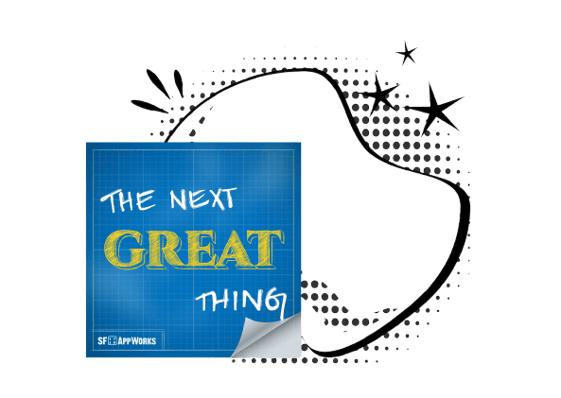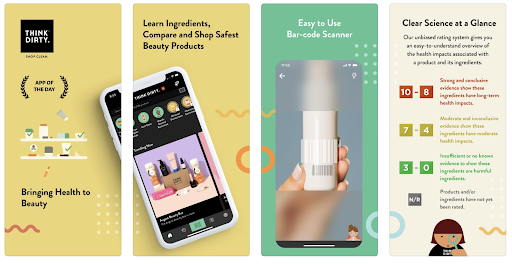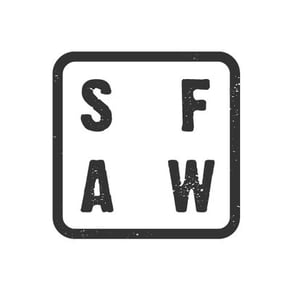STORIES AND APPROACHES FROM DESIGNERS AND DEVELOPERS.
Deconstructing Wordle…
No native apps. No front-end frameworks. No responsive design. No user accounts, social media sign-in, or back end. What the heck kind of product is this?!!! Oh, only one of the internet’s most popular, fun, and addictive games of all time. We’re talking, of course, about Wordle. And the game’s creator, Brooklyn-based software engineer Josh Wardle, basically broke every product design rule known to man making it. He opted for simplicity over complexity. Restraint over clutter. Function over form. Wordle is a beautifully simple product that delights millions of people every day. It’s also a wonderful example of what to do – and, more importantly, what not to do – in product design, and it illustrates important lessons on how to simplify your design approach.
The virtual doctor will see you now…

In the Before TimesTM (pre-pandemic, that is), how often were you seeing a doctor via your computer or your mobile phone? Probably not much. But now? Times sure have changed. While the use of telehealth has stabilized since its April 2020 pandemic peak, it’s still up 38X from the pre-Covid baseline. Donna Boyer, Chief Product Officer at Teladoc Health, is a leader on the front lines of this massive change. And she knows product; before Teladoc, she led product teams at Yahoo, Airbnb, and Stitch Fix. Donna joins The Next Great Thing podcast for a discussion about how telehealth is improving the relationship we have with our health care, and the role of technology in breaking down barriers of affordability, access, and convenience. She also has advice for product leaders on the importance of simplifying products and building diversity and empathy into your product teams.
Need help with your product design process? Follow this playbook…
Generative research, design workshops, contextual inquiry, UX canvas, journey mapping, Figma, data analysis…we’ve never had so many tools and techniques at our disposal to help us design great products. With all these options, though, we often overlook or simply forget which ones to use and when to use them. Ted Goas, a product designer at Dialpad, has compiled a super-detailed product design playbook that helps you break any project of any size down into manageable pieces and know which tactics you should use (or not use) and when. “I think about my design process not as a mandatory set of actions for every project, but rather a reference and a prompt I can use to either do a task or understand why it can be skipped,” he says.
Read the product design playbook>
Our Team’s Pick for App of the Month: Think Dirty
Empowering the ingredient-conscious to #shopclean…
Get your mind out of the gutter. Think Dirty is a mobile app that makes it easy to learn about the nasty and toxic ingredients hiding out in your cosmetics, household cleaners, and personal care products. We love how simple Think Dirty is to use. Just scan the product barcode, and the app gives you a numbered, color-coded rating on whether it’s “clean,” “dirty,” or somewhere in between. You’ll also get easy-to-understand info on the product, what’s in it, and, if it’s “dirty,” the app will help you shop for cleaner options. Right now, Think Dirty’s barcode scanner works with more than 2 million beauty and personal care products from the U.S. and Canada – so that face cream you’ve been using for years is probably on there. Go on…don’t be afraid to see what’s in it.
Do we secretly hate creativity and innovation?…
When you think of creativity and creators, do you instantly associate them with agony? How about vomit, hell, and poison? It sounds harsh, but new research has shown that people harbor an unconscious bias against creativity. You might have experienced this bias yourself when you presented an innovative project idea to your boss. That’s because innovation triggers anxiety over the uncertainty of whether or not the innovation will be well-received or create positive results. These feelings are especially strong in employees who are invested in the status quo. (We’re looking at you, middle managers.) But change is inevitable, and some problems demand creative solutions. Which is why embracing creativity and creators is so valuable in an uncertain world.
Bookmark this: the best tech conference guide for 2022...
Conferences are great for upping our skills, sending our employees to get out of their comfort zone, networking with peers, or just getting loose in Las Vegas (not that that’s ever happened to us…). Whether in-person or virtual, tech conferences, trade shows, summits, and seminars are happening every month all around the world. But it can be hard to find what’s happening where and when, and which ones are worth your time and money. Don’t worry. We found an awesome curated guide to more than 100 of the best tech events of the year.
Subscribe to The Next Great Thing newsletter
%20(1).png?width=300&name=wonder%204%20(71)%20(1).png)


COMMENTS